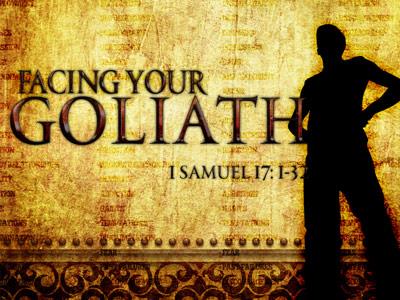-
Sent With Power And Authority
Contributed by Steven Simala Grant on Nov 28, 2017 (message contributor)
Summary: it can be hard to see what something really is, so we have to back up and look at what it really is and what its really trying to say. we have to do that with scripture too.
Sent With Power And Authority: Breaking Boundaries
Luke 9:1-6 March 22, 2008 Lent #4
Intro:
(extreme close up pictures guessing game)
Obviously, it can be hard to tell what something is when we get too close to it, so then what we need to do is back up a bit so we can see the bigger picture. I want to do that this morning as we begin our study of Scripture.
What is “the church”:
I want to back up a long, long way, into a conversation that I have been listening to over the past several years as a church leader. It begins with a dissatisfaction, a discontent, sometimes a sense of failure, and a whole lot of confusion about what it means to be a Christian in our culture. It comes from a recognition of a massive amount of change in a very short period of time which has completely changed the relationship between Christians and our dominant culture, which in turn has a big impact on what we know of as “the church”.
The observation many make, behind their dissatisfaction, is that the “church”, which for almost 1700 years has been almost synonymous with “Christianity”, is irrelevant. It just doesn’t really seem to matter to our culture. It matters a lot to us, who are part of “the church”, but not to people outside. Why aren’t people coming to church, why isn’t the church growing, why does the Kingdom of God seem stuck – irrelevant and impotent?
Bringing the story a little closer to home for us as a church here at Laurier, we wonder why pews that were full ten years ago are emptier today – what we are doing wrong – why the things that we used to do that “worked” don’t seem to work any longer. Now there are lots of possibilities, lots of changes and griefs and transitions, and if it was just us maybe some of those explanations would be the right ones. But it isn’t just us… these questions are being asked all around the western church, and that tells me something bigger is going on.
When the problem is recognized and addressed, the response has often been “then what can we change about the church so that people will come?” I love the story from last spring when we invited some of the group of Young Life kids to join the Adult Education class to hear about their experience of church and dialogue a bit, and that question was asked. It was asked out of a genuine care, interest, willingness to change, desire to be a part of the great mission of (we think) bringing people into the church. The response was classic: “nothing.” There is nothing that the church could change that would get high school kids to start coming to church – even, one young adult said, if we gave away big screen TVs, well they might come and get a big screen TVs but that would be it.
And the conversation I’ve been listening to over the past number of years is backing up and asking the question, “what actually IS ‘the church’?” We believe the church is the group of people who meet together once a week to sing songs, give money, and listen to a guy talk. “Church” is a “place”, and the people and relationships that form out of that gathering. And this broad conversation is asking, “really? Is that what Jesus had in mind when He established His church?” That question is even more fundamental than the obvious fact that when we ask “what can we do to get people to come to church”, we are asking the wrong question. The conversation goes into the heart of what the church is actually supposed to be. And that is why we’ve been studying Luke together since Christmas – trying to see in Jesus’ words and actions what it means to be His people. It is a long, deliberate, slow conversation, which we are having together.
What do we see in Luke?
Narrowing the lens a little from that “big” conversation about what it means to be the people of God, what do we see in Luke? We started in Luke 7 – where Jesus heals a hated Roman centurion’s servant, talks about the coming Kingdom of God and how different it is, and then has His feet erotically anointed by a prostitute while dining in the home of a religious leader. Chapter 8 followed with the story of the seed among the soils, a parable which set the stage for the rest of the stories Luke tells in that chapter including the lamp under the bed, the calming of the storm, the healing of the demon possessed gentile, and then the healing of the woman who had constant bleeding and the resurrection of Jarius’ daughter who died while Jesus was distracted by that other woman on the way to heal the twelve year old girl. The theme we see throughout is how Jesus continually broke down the barriers and crossed the boundaries, by going to people with a message about a different kind of Kingdom that He is bringing. And that really helps us with the bigger question we were talking about a moment ago, what does it mean to be the people of God? – it means that we need to go, crossing whatever boundaries exist, and bring people the message of the Kingdom of God.

 Sermon Central
Sermon Central



